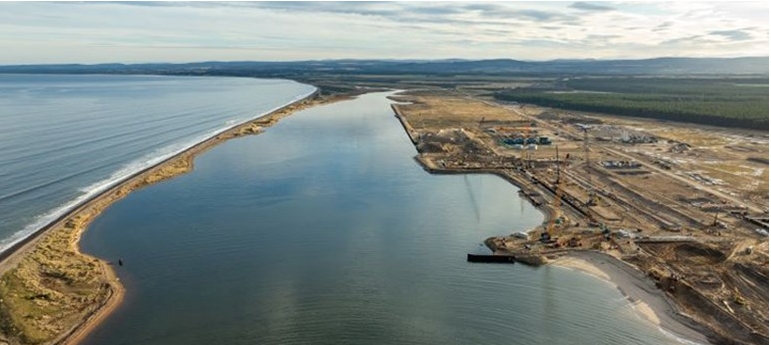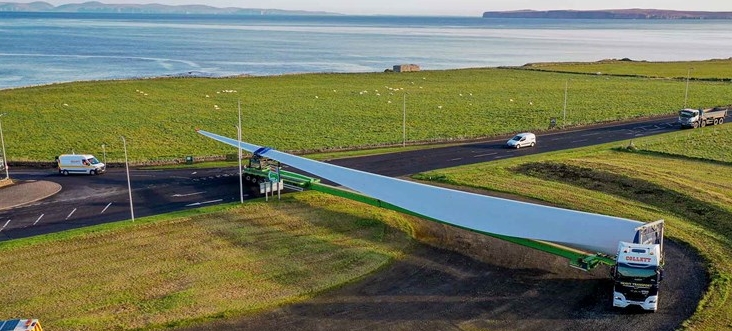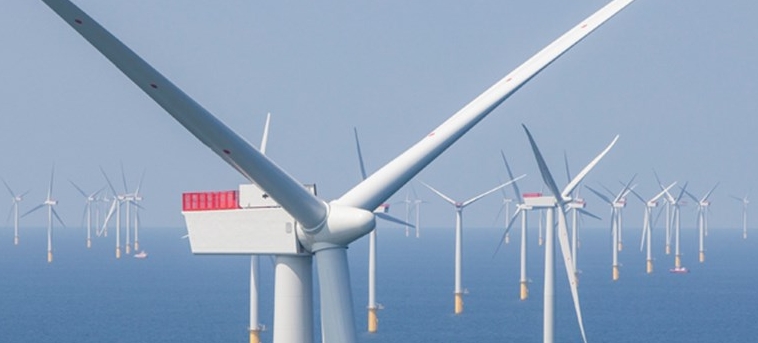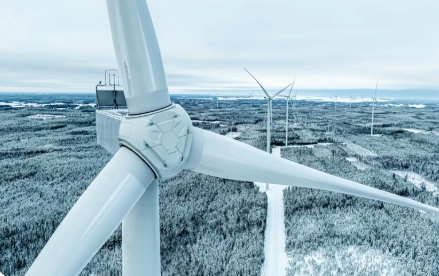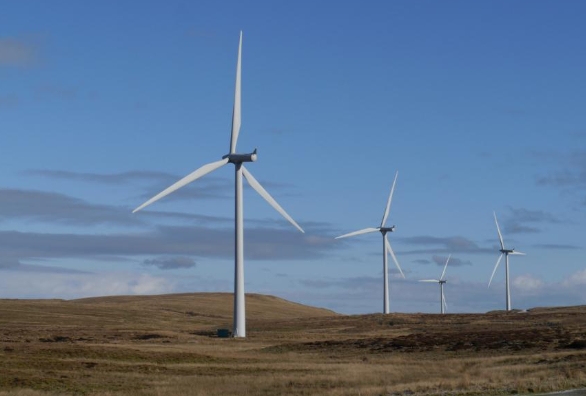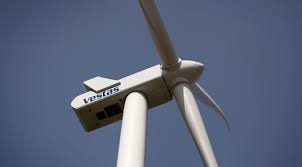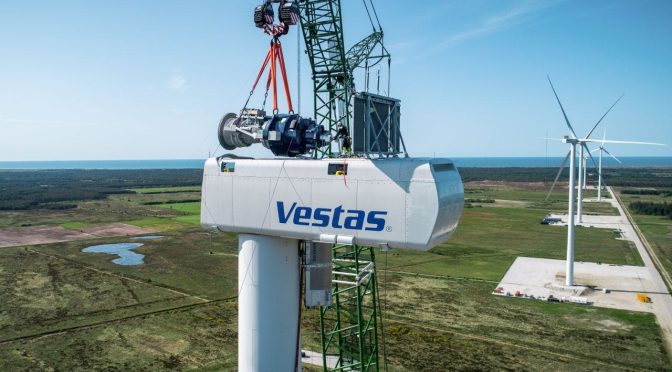Several countries from Asia and Europe to North America are planning to use nuclear energy to facilitate the shift to low carbon power, heat and hydrogen and achieve net zero emissions by 2050, according to speakers at an event hosted jointly by the IAEA and the International Energy Agency (IEA) of the Organisation for Economic Co-operation and Development (OECD).
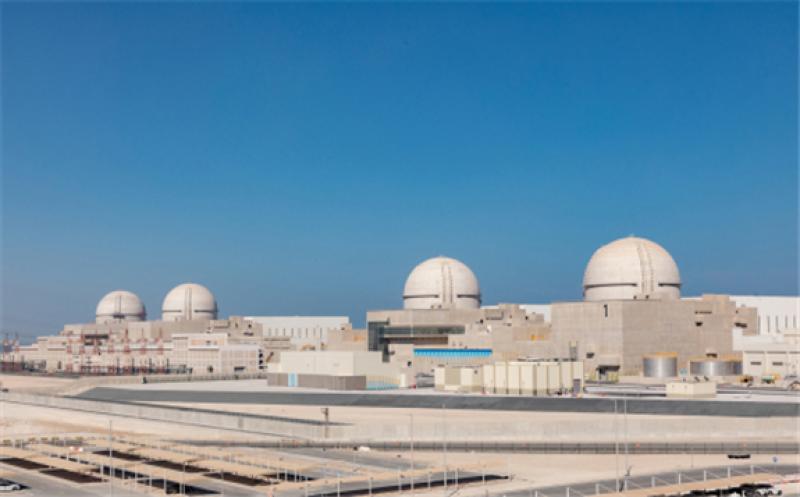
Nuclear power remains the world’s second largest source of low carbon electricity after hydro, producing more than solar and wind combined. Without nuclear power’s contribution, the clean energy transition will be more difficult and expensive, said IEA energy analyst Brent Wanner, who co-hosted the 2-3 March webinar, the latest initiative in a new partnership between the IAEA and the Paris-based IEA.
“Comprehensive decarbonization by 2050 is a gargantuan undertaking that will require the full range of low carbon energy sources,” said Henri Paillere, Head of the IAEA’s Planning and Economic Studies Section and a co-host of the event. “We will need massive amounts of low carbon electricity, heat and hydrogen, and nuclear power can contribute to producing all these provided there is clear policy support.”
The webinar, attended by over 125 participants from 20 countries, featured high-level officials from Canada, China, the European Union, Japan, Russia, the United Kingdom and the United States. Representatives of the IAEA, IEA, the Nuclear Energy Agency (NEA) of the OECD and the World Energy Council (WEC) also took part. The speakers showcased national plans for nuclear power in the energy transition, particularly to decarbonize industry and transport.
The IAEA's latest projections for the future of nuclear power, published in September, vary widely. But in both the high and low cases, nuclear power’s share of electricity production either remains flat or slightly declines in the traditional nuclear power strongholds of North America as well as Northern, Western and Southern Europe, IAEA energy analyst Andrii Gritsevskyi said. Just maintaining nuclear power’s share of electricity production in those regions, which stood at 21% in 2019, will require doubling installed capacity. But current market and policy conditions largely favour investing in renewables.
Nuclear energy is still the “backbone” of the Europe Union’s low carbon power production, but its role is declining in some EU countries, said Massimo Garibba, Director of Nuclear Energy, Safety and ITER at the European Commission. Still, several EU countries plan to expand or add nuclear energy for power and non-electric applications including Bulgaria, the Czech Republic, Estonia, Finland, Hungary, Poland, Romania and Slovakia.
Advanced nuclear power technologies, including small modular reactors (SMRs), can be instrumental in decarbonizing industrial applications such as heating and hydrogen production, in addition to serving as flexible sources of low carbon electricity. Hydrogen has a wide range of applications, from powering fuel cell vehicles to producing synthetic fuels. In 2020, nine countries as well as the EU announced national hydrogen strategies and roadmaps. And there are several demonstration projects for hydrogen production via nuclear in progress around the world, including in Japan, Russia and the United States.
“I think it is critical to maintain and grow nuclear’s share of energy use to meet carbon reduction goals, including through hydrogen production,” said Aleshia Duncan, Deputy Assistant Secretary for International Nuclear Energy Policy and Cooperation, Office of Nuclear Energy, U.S. Department of Energy. “Financing will be key to promoting innovation by reducing investment risk, and the US is committed to supporting development via public-private partnerships to advance nuclear power’s role in our climate change mitigation strategy.”
Japan’s Green Growth Strategy calls for increased government investment in low carbon energy technologies, including SMRs and hydrogen production via nuclear. Japan plans to utilize its High Temperature Engineering Test Reactor (HTTR) to develop the technology for carbon free hydrogen production.
“Nuclear power is important for climate change mitigation as well as energy security and economic efficiency,” said Shinichi Kihara, Deputy Commissioner for International Affairs at Japan’s Agency for Natural Resources and Energy and one of the webinar speakers. “The development of SMRs is moving fast with expectations for improved safety, reduction of investment risks and adaptability to small electric grids. Deploying HTGR technology would provide an extensive opportunity for enhanced safety, heat usage and hydrogen production.”
China aims to increase the use of nuclear energy to facilitate phasing out fossil fuels and for applications such as district heating and hydrogen production, according to Sheng Zhou, an associate professor at Tsinghua University. “The Shandong Haiyang nuclear power plant has supplied heat to a county in Shandong province since 2019, and when the project moves into the second phase later this year, expanding the heat supply area to around 5.2 million square metres, around 300 000 tonnes of CO2 may be abated annually,” he said.
Russia, where nuclear power provides 20% of electricity, is working on nuclear hydrogen production through electrolysis in the near-term with the use of HTGRs eyed in long term, said Vladimir Artisyuk, Advisor to the Director General of the Rosatom State Atomic Energy Corporation. While 2030 will be a key milestone for demonstrating the nuclear hydrogen programme, Russia in parallel is developing fast reactor technology to minimize radioactive waste and enhance the long term sustainability of nuclear power, he added.
As part of its ongoing efforts to help define nuclear power’s role in the clean energy transition, the IAEA is preparing a booklet titled “Nuclear Energy’s Contribution to a Net-Zero World” for publication ahead of this year’s UN Climate Change Conference (COP26). The publication will include illustrations on how both electric and non-electric applications of nuclear power can facilitate the shift to clean energy systems, also through a significant contribution to the future hydrogen economy. The latest edition of Energy, Electricity and Nuclear Power Estimates for the Period up to 2050 is also set to be released in the lead-up to the annual climate conference, to be held in Glasgow from 1 to 12 November.
This article is reproduced at www.iaea.org
